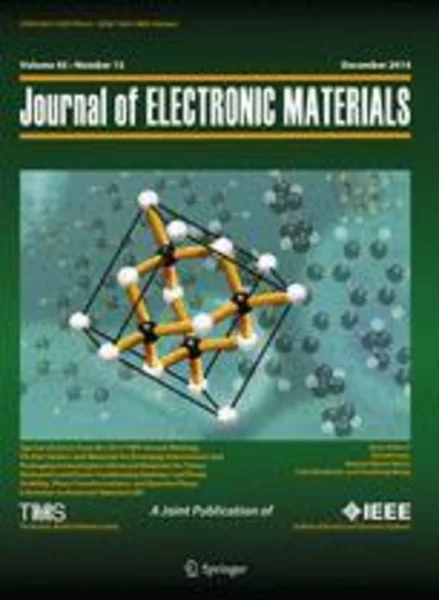-
investigation of maximum power point tracking for thermoelectric generators
جزئیات بیشتر مقاله- تاریخ ارائه: 1392/07/24
- تاریخ انتشار در تی پی بین: 1392/07/24
- تعداد بازدید: 768
- تعداد پرسش و پاسخ ها: 0
- شماره تماس دبیرخانه رویداد: -
in this paper, a thermoelectric generator (teg) model is developed as a tool for investigating optimized maximum power point tracking (mppt) algorithms for teg systems within automotive exhaust heat energy recovery applications. the model comprises three main subsystems that make up the teg system: the heat exchanger, thermoelectric material, and power conditioning unit (pcu). in this study, two mppt algorithms known as the perturb and observe (p&o) algorithm and extremum seeking control (esc) are investigated. a synchronous buck–boost converter is implemented as the preferred dc–dc converter topology, and together with the mppt algorithm completes the pcu architecture. the process of developing the subsystems is discussed, and the advantage of using the mppt controller is demonstrated. the simulation results demonstrate that the esc algorithm implemented in combination with a synchronous buck–boost converter achieves favorable power outputs for teg systems. the appropriateness is by virtue of greater responsiveness to changes in the system’s thermal conditions and hence the electrical potential difference generated in comparison with the p&o algorithm. the matlab/simulink environment is used for simulation of the teg system and comparison of the investigated control strategies.
مقالات جدیدترین رویدادها
-
استفاده از تحلیل اهمیت-عملکرد در ارائه الگوی مدیریت خلاقیت سازمانی و ارائه راهکار جهت بهبود
-
بررسی تاثیر ارزش وجوه نقد مازاد بر ساختار سرمایه شرکت های پذیرفته شده در بورس اوراق بهادار تهران
-
بررسی تأثیر سطح افشای ریسک بر قرارداد بدهی شرکت های پذیرفته شده در بورس اوراق بهادار تهران
-
بررسی تأثیر رتبه بندی اعتباری مبتنی بر مدل امتیاز بازار نوظهور بر نقد شوندگی سهام با تأکید بر خصوصی سازی شرکت ها
-
تأثیر آمیخته بازاریابی پوشاک ایرانی بر تصویر ذهنی مشتری پوشاک ایرانی (هاکوپیان)
-
« جان » در ادبیات پهلوی
-
تاثیر ساخت پایه بر عملکرد سرریز پلکانی سد ژاوه
-
تغییر مکان نسبی قاب های خمشی بتن مسلح با شکل پذیری متوسط در سطوح عملکردی
-
تاثیر آنتی اکسیدان ها (ویتامین c,e) در کاهش میزان بروز پره اکلامپسی در خانم های شکم اول
-
تحلیل قاب خمشی فولادی تحت اثر برخورد با کامیون
مقالات جدیدترین ژورنال ها
-
مدیریت و بررسی افسردگی دانش آموزان دختر مقطع متوسطه دوم در دروان کرونا در شهرستان دزفول
-
مدیریت و بررسی خرد سیاسی در اندیشه ی فردوسی در ادب ایران
-
واکاوی و مدیریت توصیفی قلمدان(جاکلیدی)ضریح در موزه آستان قدس رضوی
-
بررسی تاثیر خلاقیت، دانش و انگیزه کارکنان بر پیشنهادات نوآورانه کارکنان ( مورد مطالعه: هتل های 3 و 4 ستاره استان کرمان)
-
بررسی تاثیر کیفیت سیستم های اطلاعاتی بر تصمیم گیری موفق در شرکتهای تولیدی استان اصفهان (مورد مطالعه: مدیران شرکتهای تولیدی استان اصفهان)
-
تاثیر نقوش سفال های شهر سوخته بر سوزن دوزی بلوچ
-
رقابت در بازار محصول، بهره وری و اشتغال
-
بررسی شاخص های مؤثر بر سیستم مدیریت پسماند با رویکردی بر شیوه های جمع آوری و دفع زباله های شهری
-
مبانی و کیفرگذاری تکرار جرم با رویکرد قانون کاهش مجازات حبس تعزیری 1399
-
بررسی مؤلفه های بازدارنده مشارکت و فعالیت زنان در عرصه محیط زیست کشور از دیدگاه کارشناسان و فعالان




سوال خود را در مورد این مقاله مطرح نمایید :